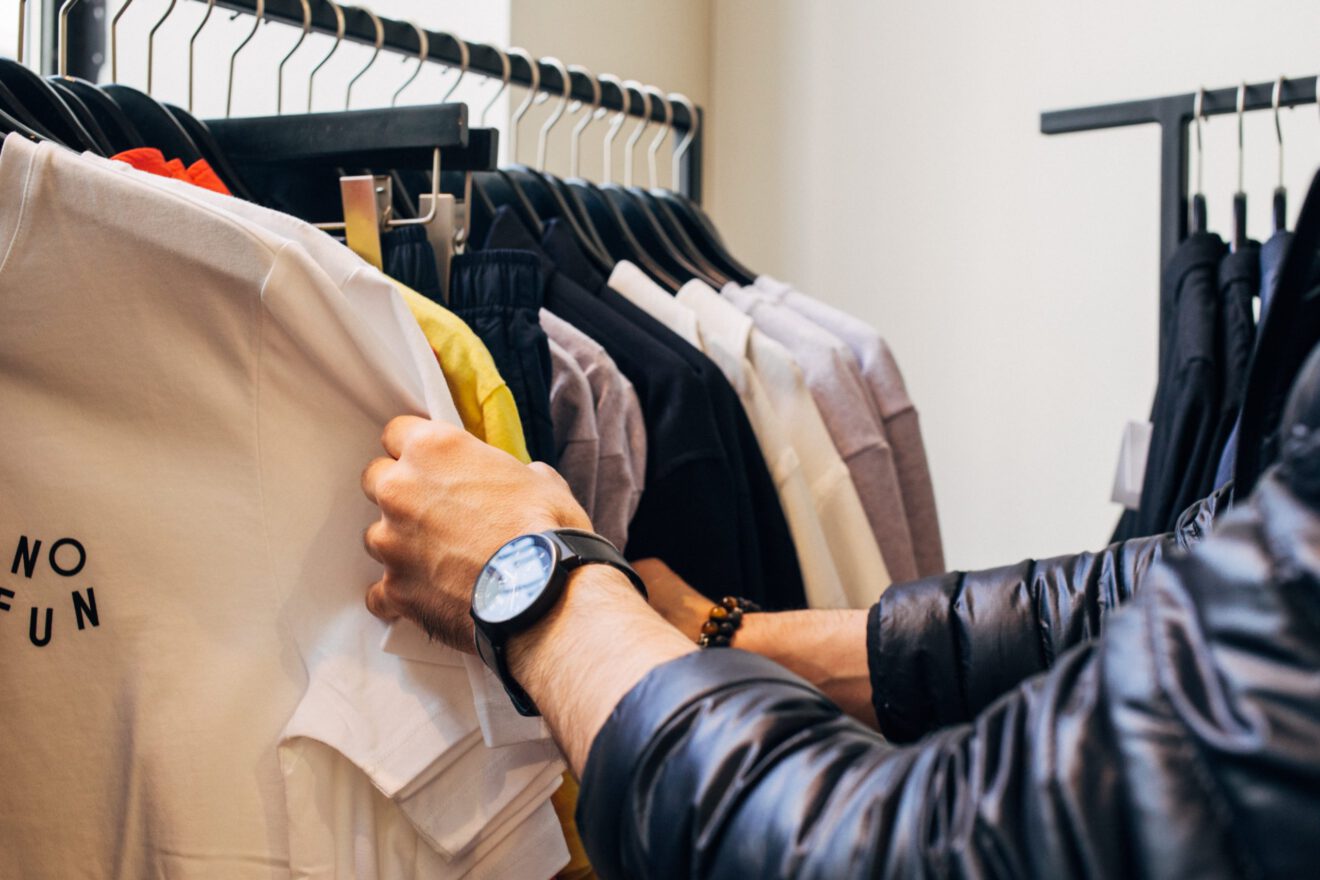Maybe it’s no surprise that Gap is branching into home decor, or that Abercrombie and Fitch is debuting footwear — brands often expand into new categories. But it’s less common for both companies to be doing so by collaborating with other retailers.
Gap will sell its new line of bedding, bath and home decor through Walmart, despite having an extensive retail footprint of its own. And Zappos will be the online home not just to Abercrombie’s new boots and high heels, but its signature clothing as well, in an exclusive e-commerce partnership in the US — reflecting an expansion for both partners into new spaces.
At the heart of these unusual initiatives is the pressure retailers are facing to reinvent. Customers have so many choices now when it comes to where and how to shop. The rapid expansion of e-commerce, the proliferation of direct-to-consumer brands and the rise of Instagram-driven fashion culture are piling on to the pandemic’s own considerable disruption to in-person shopping to create a perfect storm in retail.
“Amid the pandemic’s acceleration of e-commerce and tainting of physical experiences, retailers with stores are facing a unique challenge — and are letting their guard down,” Jill Manoff recently wrote in Glossy, highlighting the partnership between Nordstrom and fellow retailer Dover Street Market on a shared in-person shopping experience. “The theory: Two retailers are more likely than one to create an experience that’s worthy of the trip.”
As omnichannel shopping becomes the norm, more retailers and brands are seeing benefits in tapping each other’s audiences and expertise to deliver fresh, exciting experiences to shoppers. Such collaborations are happening across retail categories. CoverGirl works with Amazon on influencer-driven content. J.C. Penney is rolling out its new beauty section including a planned partnership with Thirteen Lune, an e-commerce site that focuses on emerging minority-owned brands.
The change is coming at a dynamic and challenging time in retail. Many brick-and-mortar retailers are struggling to return to pre-pandemic levels of foot traffic. J.C. Penney recently lost Sephora — which drew considerable traffic and sales through its stores — to rival Kohl’s. Retailers seem to understand that innovative collaborations are not just an opportunity to get creative, but that they are crucial to survival.
For Gap, the tie-up with Walmart gives it access to “unparalleled scale and incredible reach,” Mark Breitbard, president and CEO of Gap brand, told USA Today. In turn, Walmart gains a youthful brand that could draw new customers to its retail stores. The target customer: “Everyone in America,” according to Walmart’s Anthony Soohoo.
Nordstrom has similarly tried to court younger shoppers who are returning to work this fall and ready to refresh their wardrobes. The Seattle-based retailer has made a minority investment in four brands owned by ASOS — Topshop, Topman, Miss Selfridge and HIIT — securing exclusive selling rights across channels in North America. The brands reach consumers that are about a decade younger than the typical Nordstrom shopper, according to the retailer, which has never before invested in the market brands it sells.
The partnership also allows ASOS shoppers to pick up their online orders at all Nordstrom and Nordstrom Rack locations, and the retailer will explore ways to build a multichannel showcase with the brands, according to Women’s Wear Daily. The goal is to “create newness and excitement” through these brands, Chief Brand Officer Pete Nordstrom told CNBC.
The Zappos-Abercrombie tie-up expands opportunities in another way: It makes it possible for Zappos to pair clothing and shoes together to supply an entire wardrobe to consumers inundated with choices and ready to revive their looks this fall after working in their sweatpants for the past year. At the same time, Abercrombie draws on Zappos’ expertise and reach in footwear to build new audiences while strengthening its offer to existing customers.
“In today’s retail climate, where customer behavior is constantly changing, our retail approach needs to deliver on a new notion of a shared community,” Holli Rogers, CEO of British fashion boutique Browns, recently told Glossy.
